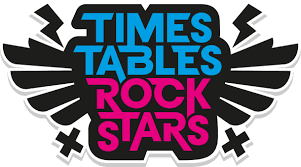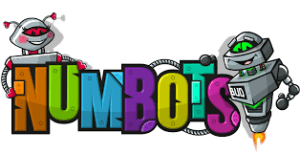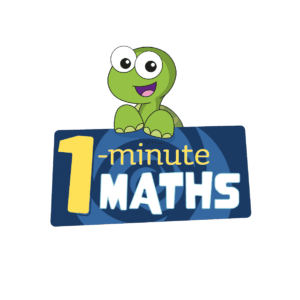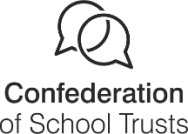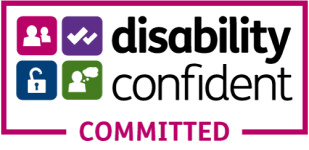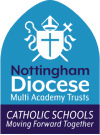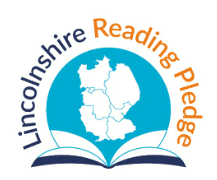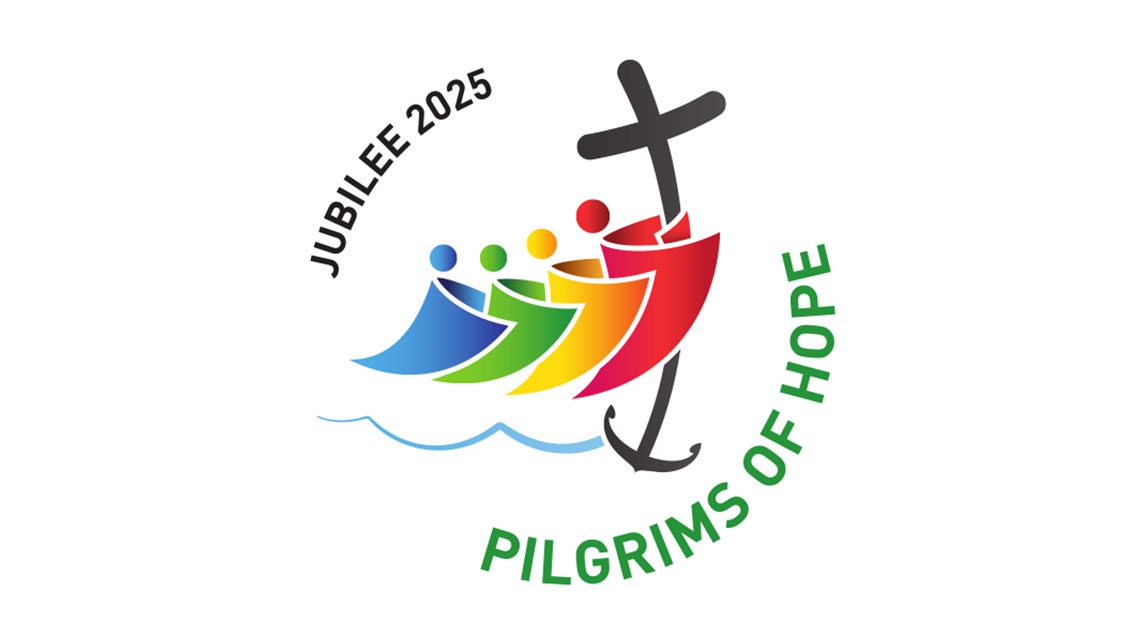White Rose Curriculum
At St Augustine’s, we follow the White Rose Maths Curriculum and adapt this to suit the needs of our school and our pupils. White Rose schemes of learning provide sequential blocks of learning; children continue to revisit each area of learning with increasing depth of understanding, following a spiral curriculum.
Each block provides sequential small steps towards meeting curriculum outcomes. Teachers use professional judgement to decide whether they are needed for their cohort how long to spend on each small step.
Each small step incorporates valuable support for teachers, including:
- ‘Notes and Guidance’ which outline where the Small Steps sit in relation to prior and future years’ learning, supporting pitch and expectation;
- ‘Mathematical Talk’ which provides prompt questions to support children to explain their thinking;
- ‘Varied Fluency’ which enables children to meet concepts in a variety of ways;
- ‘Reasoning & Problem Solving’ which offers opportunities to apply the small step’s learning in new contexts.
We use White Rose Maths as a framework for teaching because of its Concrete – Pictorial Abstract approach, which is fundamental to helping children build mental images in their heads, fully understand concepts and spot patterns easily.
Concrete representation: a pupil is first introduced to an idea or skill by acting it out with real objects. This is a ‘hands-on’ component using real objects and is a foundation for conceptual understanding.
Pictorial representation: a pupil has sufficiently understood the ‘hands-on’ experiences performed and can now relate them to representations, such as a diagram or picture of the problem.
Abstract representation: a pupil is now capable of representing problems by using mathematical notation, for example, 12 x 2 = 24. It is important that conceptual understanding, supported by the use of representation, is secure for all procedures. Reinforcement is achieved by going back and forth between these representations.
For this reason, teachers use manipulatives to explain ideas and model techniques, and they are available in every lesson for children to use too. They provide a supportive scaffold for any learner who needs this at any point to achieve success. When children have grasped a concept, they are given opportunities to deepen their understanding through reasoning, problem-solving and investigative challenges.
Assessment: Assessment is ongoing with low-stakes retrieval quizzes within lessons to reinforce current or recent learning (e.g. White Rose’s ‘Flashback 4’), as well as using NTS assessments in years 1 – 6 at the end of each term to gather summative data.
Calculation Policies
We use the White Rose Calculation Policy when delivering our maths curriculum. These documents give detailed information about the equipment, representations and written calculation methods used in each year group.
Please click here for: Addition and Subtraction Methods
Please click here for: Multiplication and Division Methods

